Urgent
RAK Ruler receives Paraguayan ambassador
 FAHR sets 1-2 December Eid Al Etihad holiday for federal government
FAHR sets 1-2 December Eid Al Etihad holiday for federal government
 Volcano erupts in southwest Japan
Volcano erupts in southwest Japan
 Powerful storm hits Southern California, triggers flash-flood risk
Powerful storm hits Southern California, triggers flash-flood risk
 TRENDS, CSIS experts discuss outcomes of second Dialogue on Artificial Intelligence
TRENDS, CSIS experts discuss outcomes of second Dialogue on Artificial Intelligence
 Dubai Supreme Council of Energy steps up LPG inspection campaign
Dubai Supreme Council of Energy steps up LPG inspection campaign
 Nahyan bin Mubarak: Values of tolerance, human fraternity embodied in UAE leadership
Nahyan bin Mubarak: Values of tolerance, human fraternity embodied in UAE leadership
 Coexistence, tolerance fuel UAE’s thriving business environment
Coexistence, tolerance fuel UAE’s thriving business environment

 FAHR sets 1-2 December Eid Al Etihad holiday for federal government
FAHR sets 1-2 December Eid Al Etihad holiday for federal government
 Volcano erupts in southwest Japan
Volcano erupts in southwest Japan
 Powerful storm hits Southern California, triggers flash-flood risk
Powerful storm hits Southern California, triggers flash-flood risk
 TRENDS, CSIS experts discuss outcomes of second Dialogue on Artificial Intelligence
TRENDS, CSIS experts discuss outcomes of second Dialogue on Artificial Intelligence
 Dubai Supreme Council of Energy steps up LPG inspection campaign
Dubai Supreme Council of Energy steps up LPG inspection campaign
 Nahyan bin Mubarak: Values of tolerance, human fraternity embodied in UAE leadership
Nahyan bin Mubarak: Values of tolerance, human fraternity embodied in UAE leadership
 Coexistence, tolerance fuel UAE’s thriving business environment
Coexistence, tolerance fuel UAE’s thriving business environment



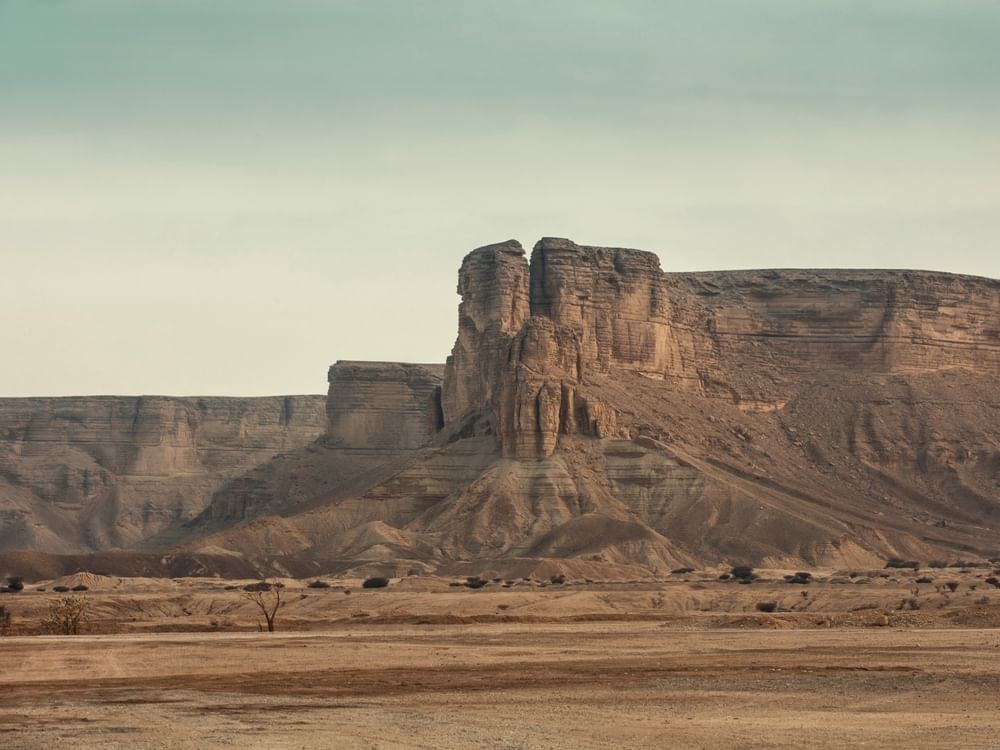

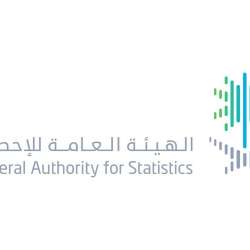
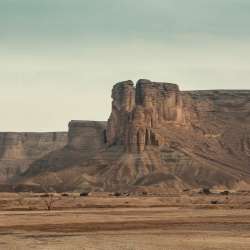
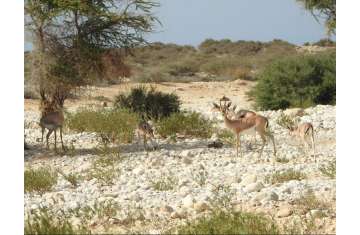
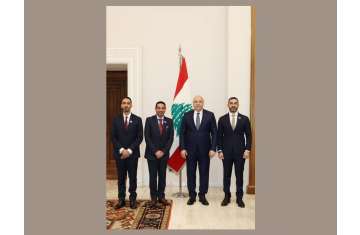
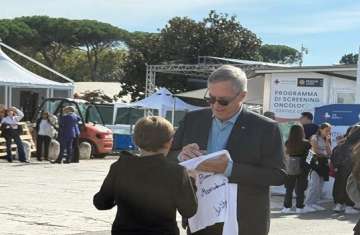
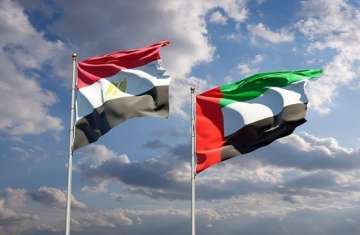
Comments